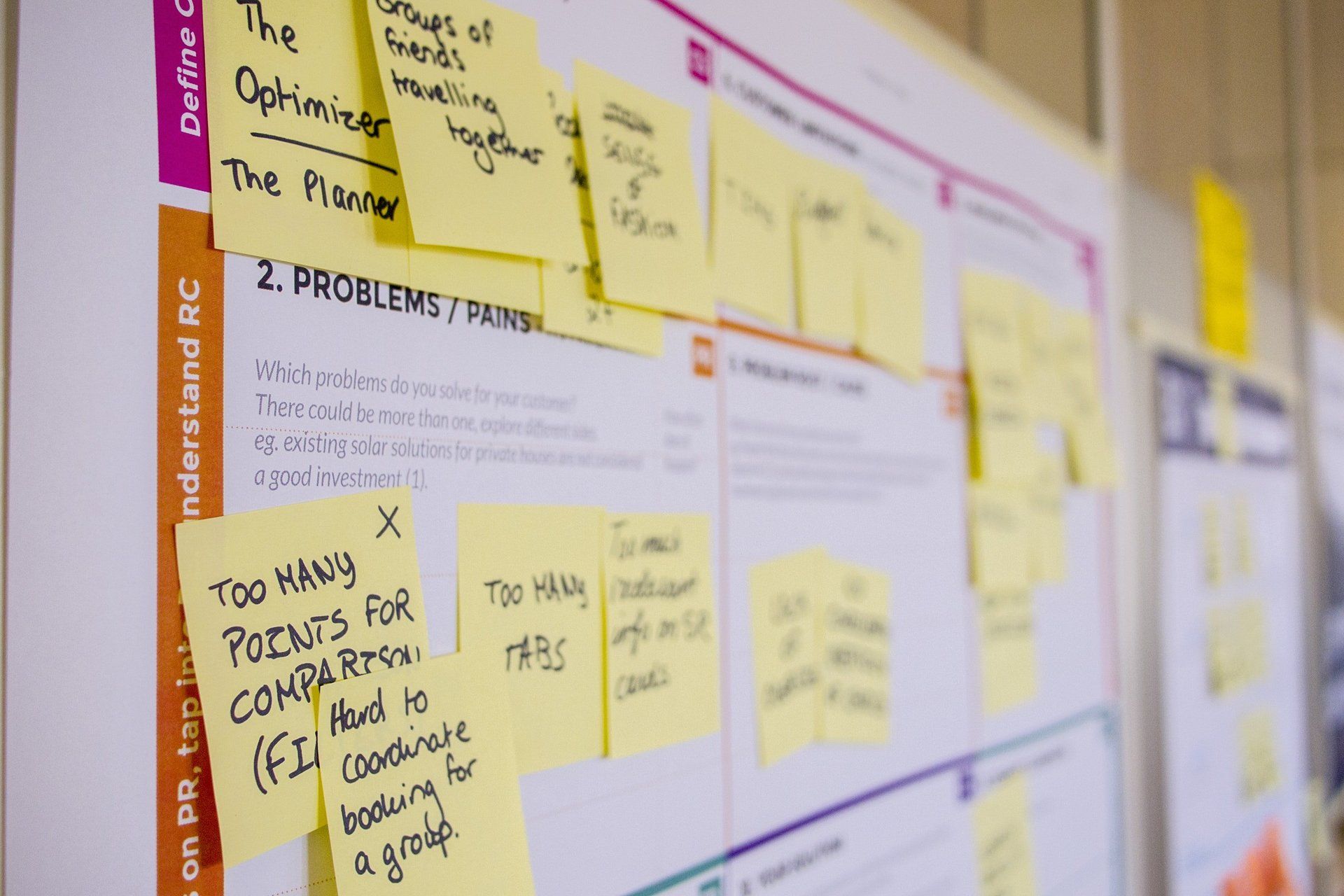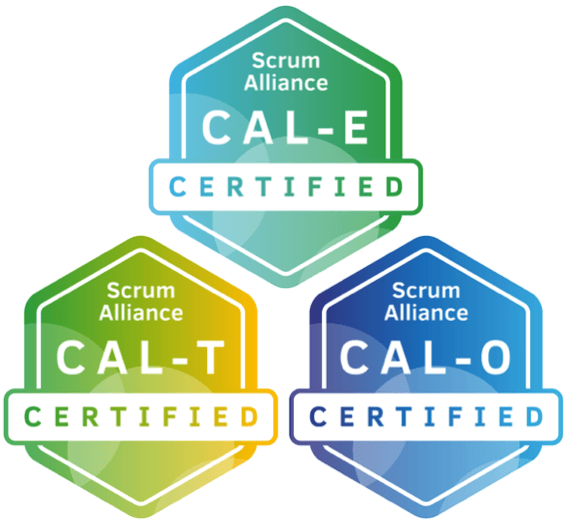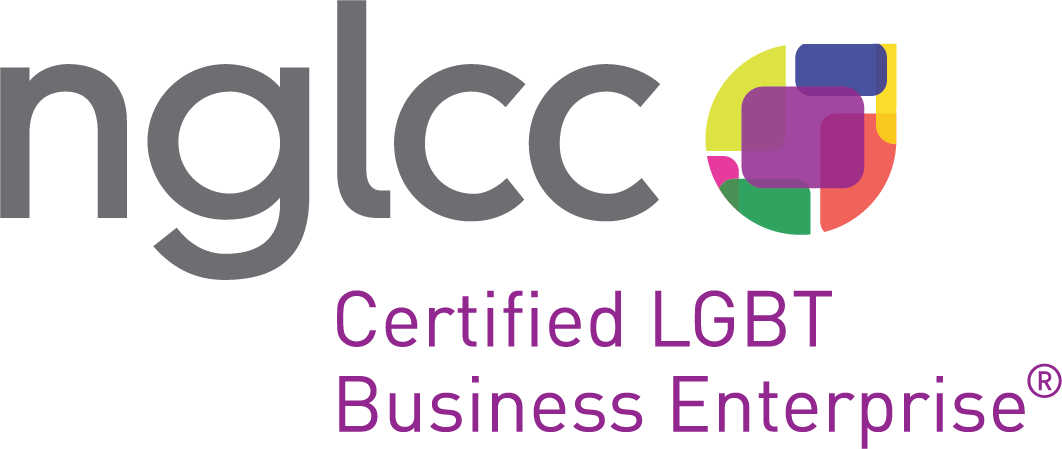Agile Software Development
In software development, agile (sometimes written Agile) is a set of practices intended to improve the effectiveness of software development professionals, teams, and organizations. It involves discovering requirements and developing solutions through the collaborative effort of self-organizing and cross-functional teams and their customer(s)/end user(s).
It advocates adaptive planning, evolutionary development, early delivery, and continual improvement, and it encourages flexible responses to changes in requirements, resource availability, and understanding of the problems to be solved.
It was popularized by the 2001 Manifesto for Agile Software Development. The values and principles exposed in this manifesto were derived from and underpin a broad range of software development frameworks, including Scrum and Kanban.
While there is much anecdotal evidence that adopting agile practices and values improves the effectiveness of software professionals, teams and organizations, the empirical evidence is mixed and hard to find.
History of Agile Software Development

Iterative and incremental software development methods can be traced back as early as 1957,[10] with evolutionary project management[11] and adaptive software development emerging in the early 1970s.
During the 1990s, a number of lightweight software development methods evolved in reaction to the prevailing heavyweight methods (often referred to collectively as waterfall) that critics described as overly regulated, planned, and micromanaged. These included: rapid application development (RAD), from 1991;[15][16] the unified process (UP) and dynamic systems development method (DSDM), both from 1994; Scrum, from 1995; Crystal Clear and extreme programming (XP), both from 1996; and feature-driven development, from 1997. Although these all originated before the publication of the Agile Manifesto, they are now collectively referred to as agile software development methods. At the same time, similar changes were underway in manufacturing and management thinking.
In 2001, these seventeen software developers met at a resort in Snowbird, Utah to discuss these lightweight development methods: Kent Beck, Ward Cunningham, Dave Thomas, Jeff Sutherland, Ken Schwaber, Jim Highsmith, Alistair Cockburn, Robert C. Martin, Mike Beedle, Arie van Bennekum, Martin Fowler, James Grenning, Andrew Hunt, Ron Jeffries, Jon Kern, Brian Marick, and Steve Mellor. Together they published the Manifesto for Agile Software Development.
In 2005, a group headed by Cockburn and Highsmith wrote an addendum of project management principles, the PM Declaration of Interdependence,[19] to guide software project management according to agile software development methods.
In 2009, a group working with Martin wrote an extension of software development principles, the Software Craftsmanship Manifesto, to guide agile software development according to professional conduct and mastery.
In 2011, the Agile Alliance created the Guide to Agile Practices (renamed the Agile Glossary in 2016), an evolving open-source compendium of the working definitions of agile practices, terms, and elements, along with interpretations and experience guidelines from the worldwide community of agile practitioners.
Overview
Iterative, incremental, and evolutionary
Efficient and face-to-face communication
Very short feedback loop and adaptation cycle
Quality focus
Philosophy
Adaptive vs. predictive[edit]
Agile vs. waterfall
Code vs. documentation
Crystal considers development a series of co-operative games, and intends that the documentation is enough to help the next win at the next game. The work products for Crystal include use cases, risk list, iteration plan, core domain models, and design notes to inform on choices...however there are no templates for these documents and descriptions are necessarily vague, but the objective is clear, just enough documentation for the next game. I always tend to characterize this to my team as: what would you want to know if you joined the team tomorrow.
— Alistair Cockburn.
Source: Wikipedia
Agile software development methods
Agile software development methods support a broad range of the software development life cycle.[46] Some methods focus on the practices (e.g., XP, pragmatic programming, agile modeling), while some focus on managing the flow of work (e.g., Scrum, Kanban). Some support activities for requirements specification and development (e.g., FDD), while some seek to cover the full development life cycle (e.g., DSDM, RUP).
Notable agile software development frameworks include:
- Adaptive software development (ASD)
- Agile modeling
- Agile unified process (AUP)
- Disciplined agile delivery
- Dynamic systems development method (DSDM)
- Extreme programming (XP)
- Feature-driven development (FDD)
- Lean software development
- Lean startup
- Rapid application development (RAD)
- Scrumban
- Scaled Agile Framework - SAFe.
As part of your digital transformation with voolama, we evoke the Agile style you choose, along with our expert information on the pros and cons of each. Fill in the form below to find out more.
Want More Information?
Get in touch, we would love to spend some time talking about your needs and showing how voolama can provide value.
Contact Us







